Exposure, causal effects and risk perception of 5G through citizen participation
Budget:
7M
SFC:
Partner
Program:
HE (Horizon Europe)
Duration:
2022-2027
Consortium:
21 partners in 11 countries
The GOLIAT project (5G expOsure, causaL effects, and rIsk perception through citizen engAgemenT) aims to investigate the possible health effects of 5G exposure. The project will develop next-generation methods to estimate radio frequency electromagnetic field (RF-EMF) exposure in young people and workers and identify effective means to reduce it. In parallel, the consortium will assess the neuropsychological effects of RF-EMFs also in young people and workers and quantify the potential impact on the health of the population. A series of experiments will investigate the possible effects of 5G on brain function, thermoregulation and radical stress.
Another line of work will aim to improve knowledge on RF-EMF and 5G risk perceptions and collaborate with society to co-design communication methods that address concerns and misconceptions about RF-EMF. Finally, the project findings will be translated into policy recommendations.
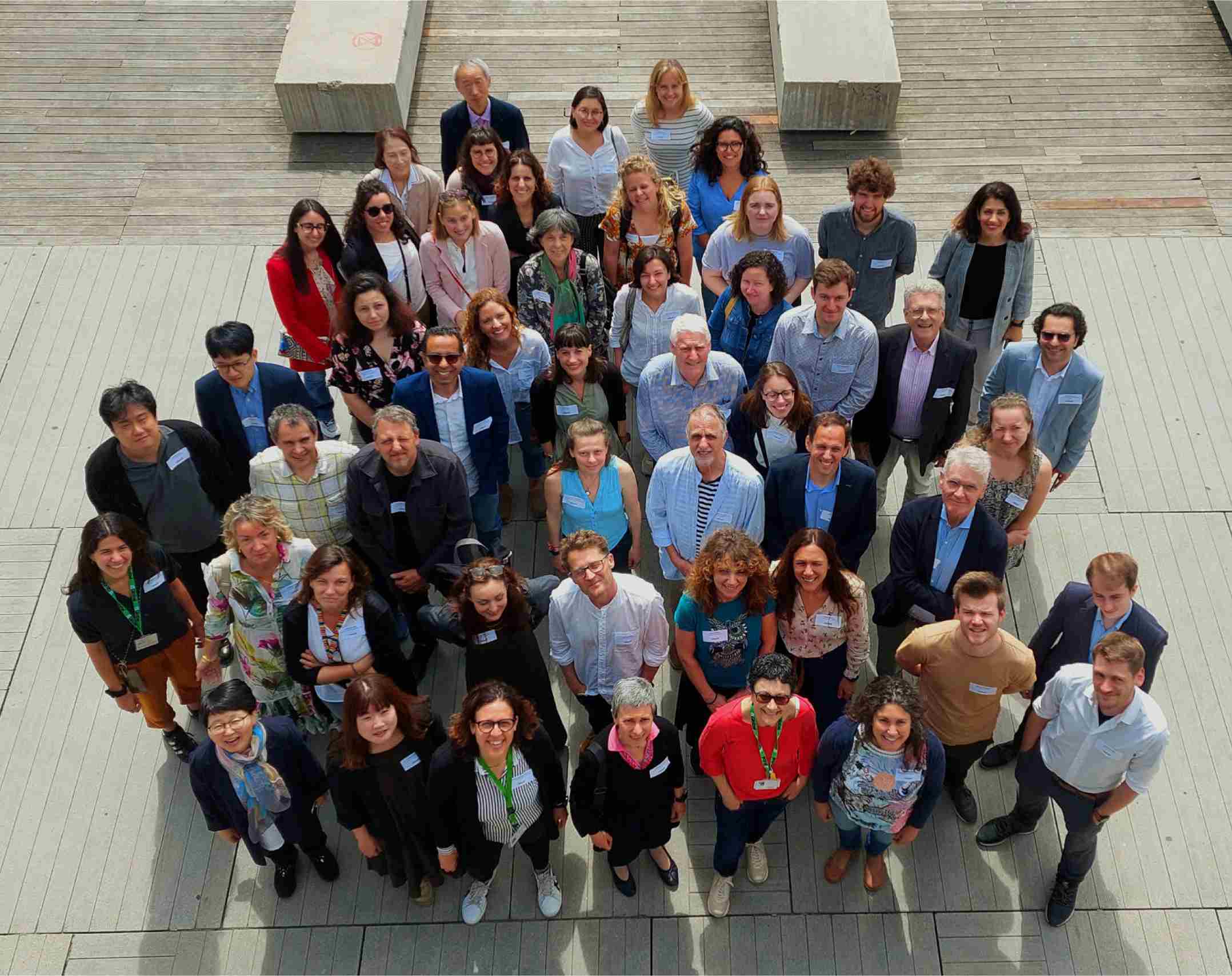
Solutions
GOLIAT is a five-year project aimed at answering some of the questions posed by new wireless technologies, with a special focus on 5G, to provide valuable information for understanding their potential health effects.
New tools will be developed to monitor the evolution of exposure levels and patterns in different populations. Special attention will be paid to the most vulnerable populations: adolescents and young people up to 25 years old and the most exposed people (occupational setting).
At SfC we engage young people and workers to co-design and test, together with citizens, efficient communication methods and tools that lead to a change in risk prevention behaviour. Through citizen participation we want to understand how 5G exposure is perceived and communicated in order to co-design efficient and quality communication methods in relation to new wireless technologies.

Results
Creation of new knowledge on how the population is exposed to 5G, its potential effects and the measures that can be taken to reduce exposure.
Validation of a methodology for citizen participation in socio-environmental challenges.
Development of innovative methods for assessing exposure to next generation RF-EMF including 5G.
Development of appropriate messages and formats for widespread communication of RF-EMF exposure and health effects.
Co-design of a tool to measure the level of RF-EMF exposure to be used by researchers and citizens to measure and minimise their daily exposure.
Publications:
Epidemiological and experimental results provide causal evidence for a better understanding of the health effects of RF-EMF exposure.
Appropriate messages and formats for widespread communication of RF-EMF exposure and health effects. of RF-EMF exposure and its health effects.
Related posts
Associates
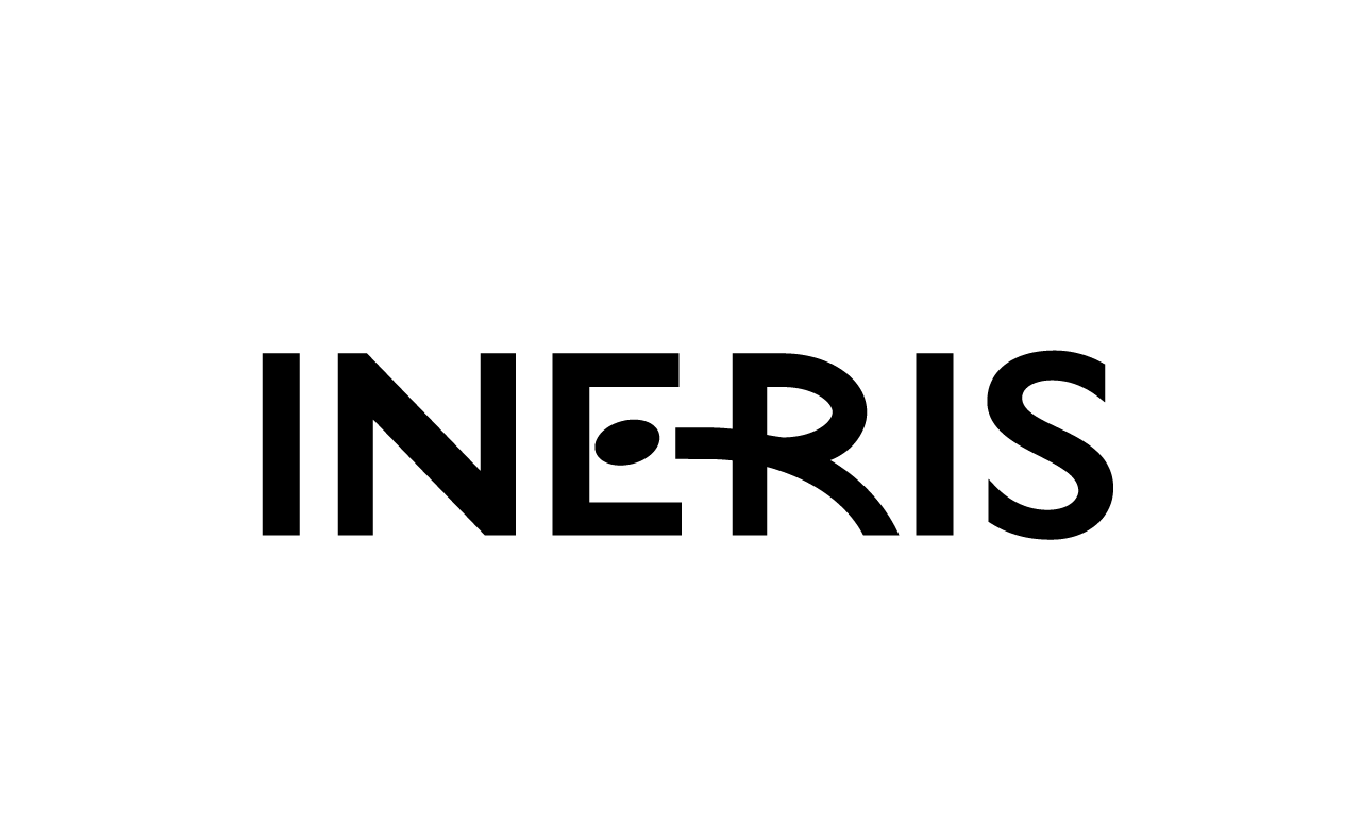
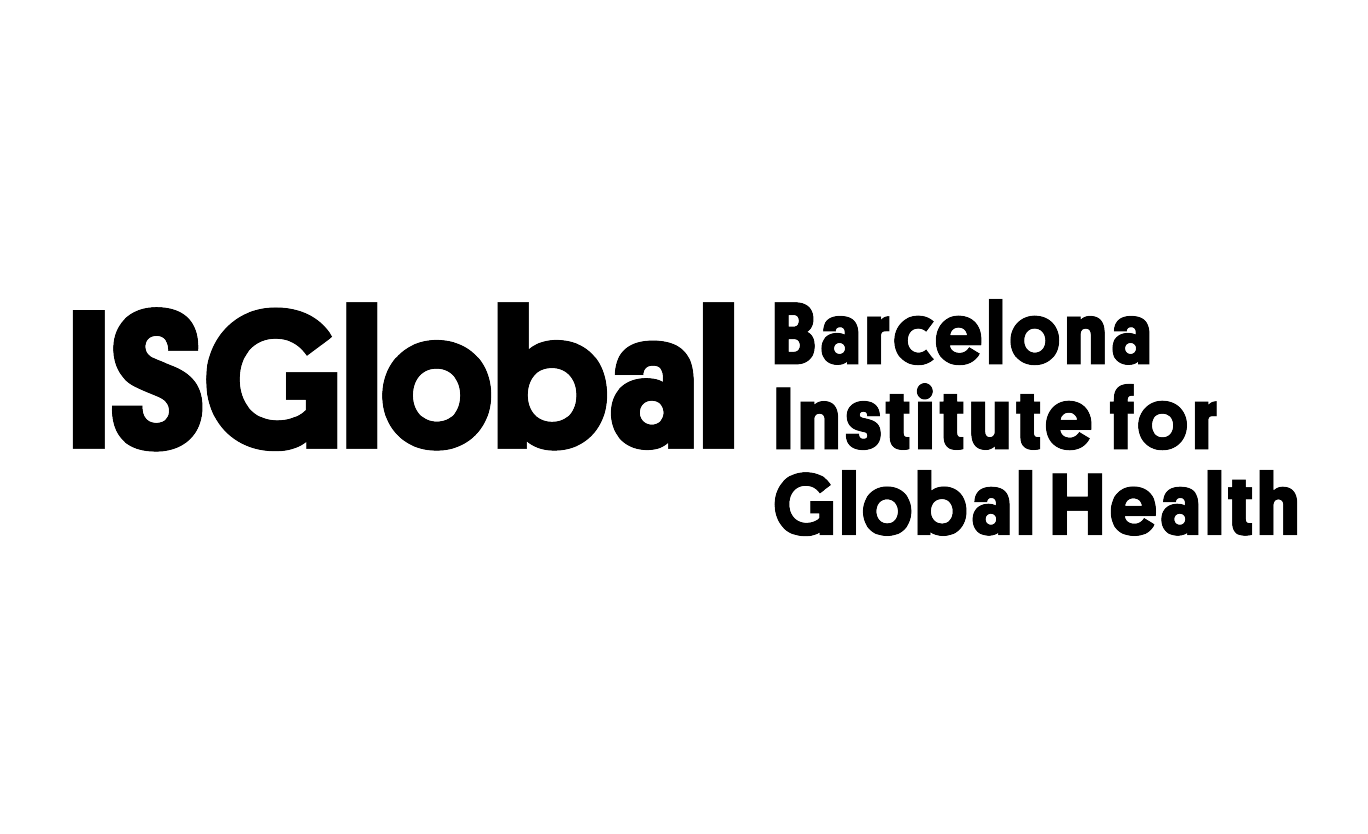

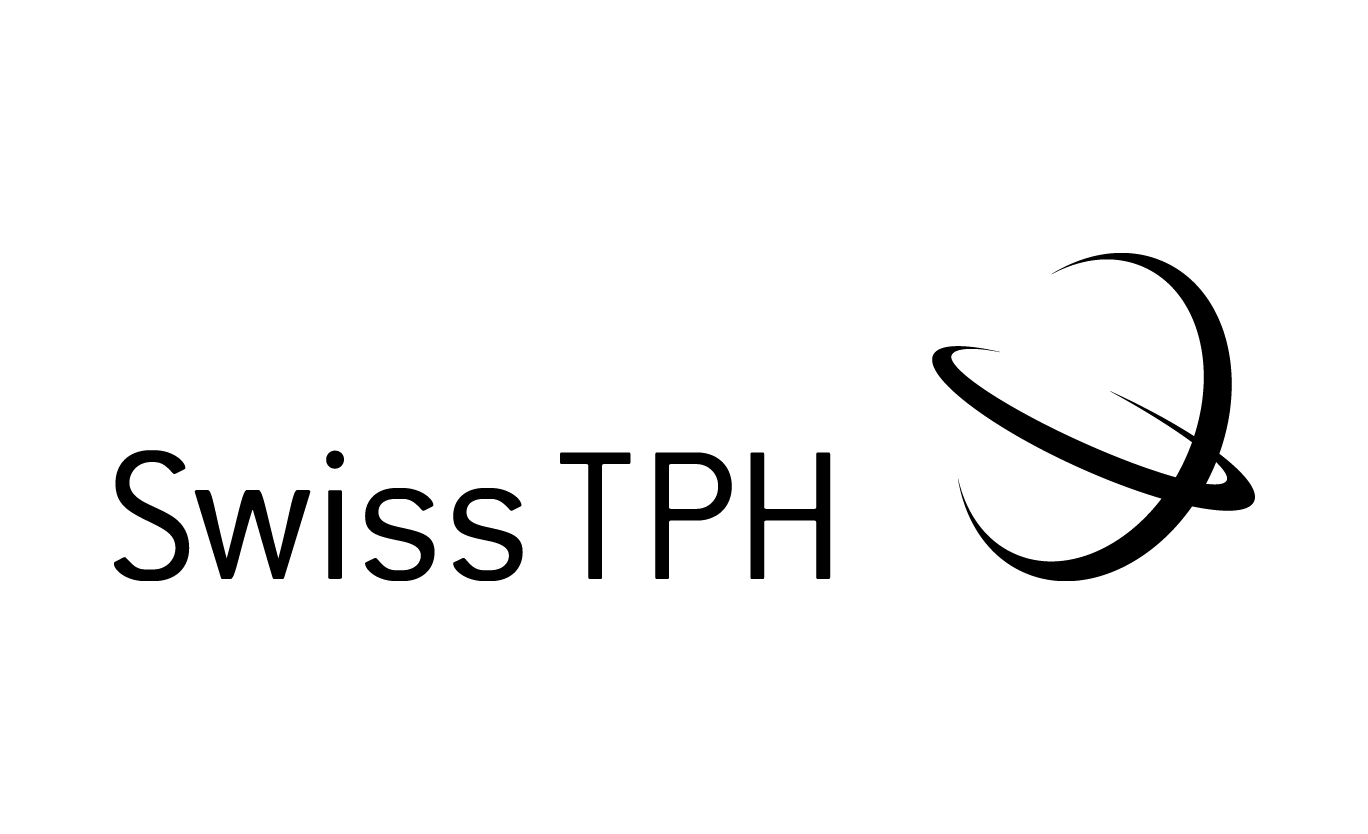
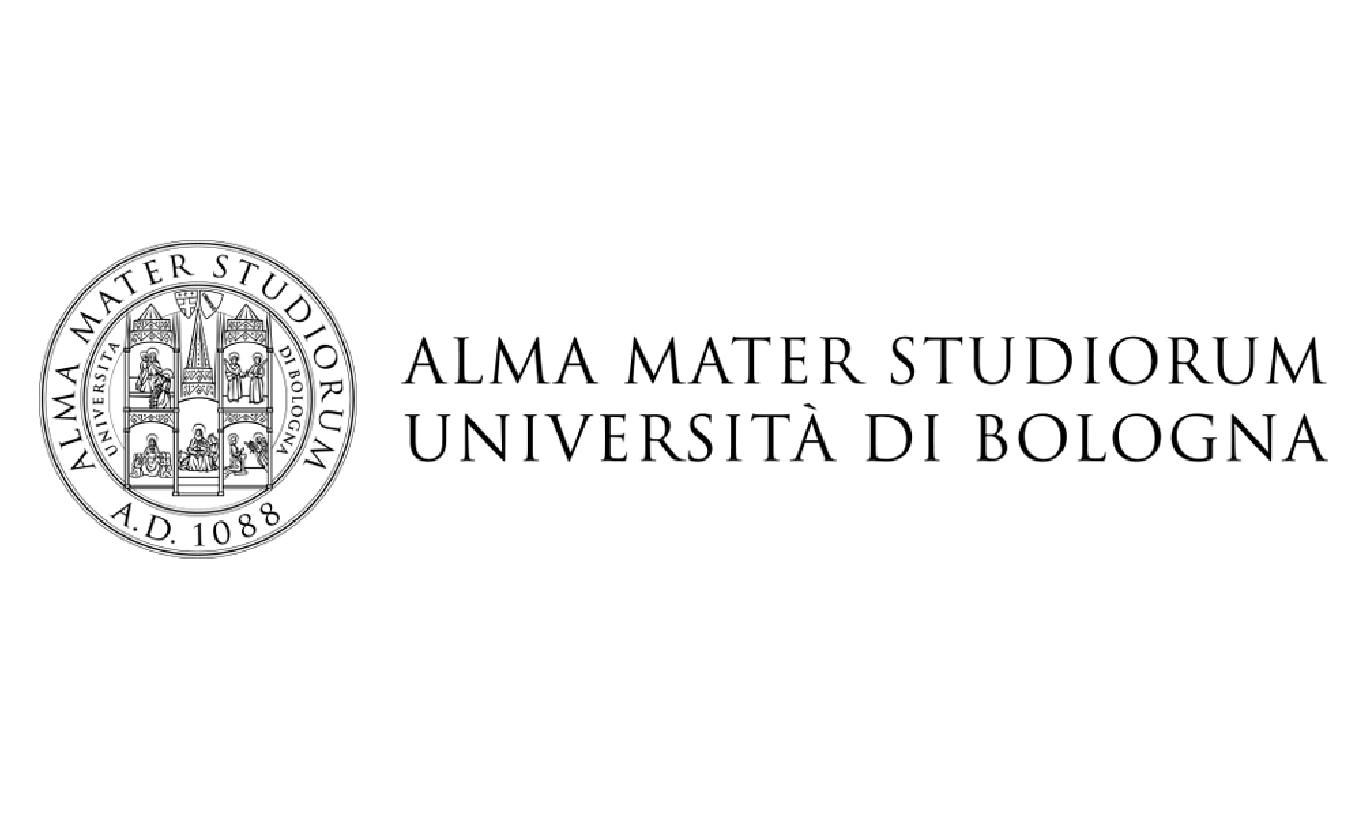
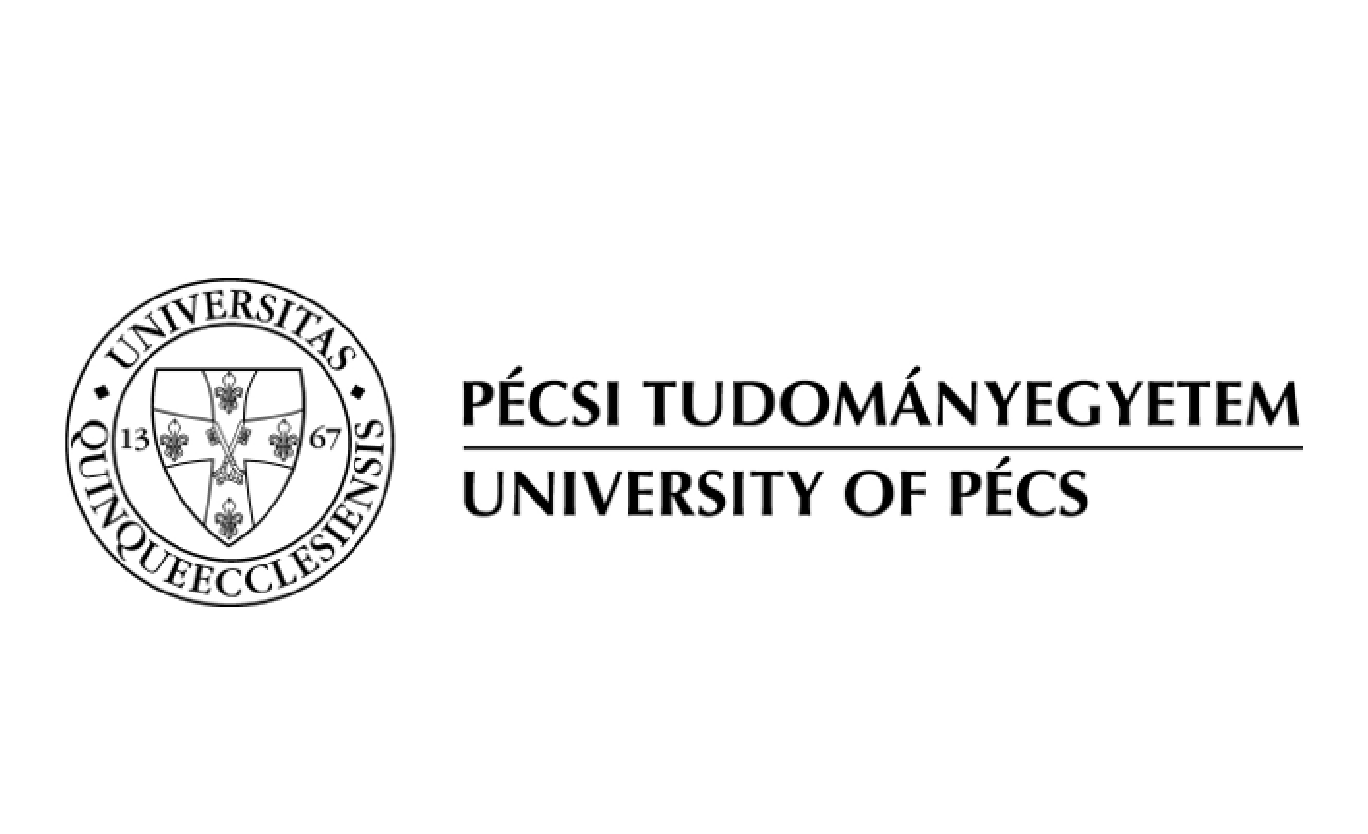
Did this project catch your eye? Take a look at the following services.
Inclusion of the patient experience in health research
Citizen science, Consultancy, mentoring and training, Health,
GO→
Design and mentoring of citizen science and collaborative research projects
Citizen science, Consultancy, mentoring and training,
GO→
Co-creation of scientific communication plans
Co-creation strategies, Science communication,
GO→
Facilitation of collaborative processes
Co-creation strategies, Consultancy, mentoring and training,
GO→
Training in graphic, visual, and oral resources to communicate scientific content
Consultancy, mentoring and training, Science communication,
GO→
Training in Citizen science and collaborative and responsible research
Citizen science, Consultancy, mentoring and training,
GO→
DATA4CitSciNews, The exhibition on citizen science and transformative journalism
Art and science experiences, Science communication,
GO→
Workshop to foster critical thinking
Consultancy, mentoring and training, Science communication,
GO→
Citizen science to monitor odour pollution
Citizen science, Smells, Sustainability,
GO→
Co-design of technological services
Co-creation strategies, Consultancy, mentoring and training,
GO→